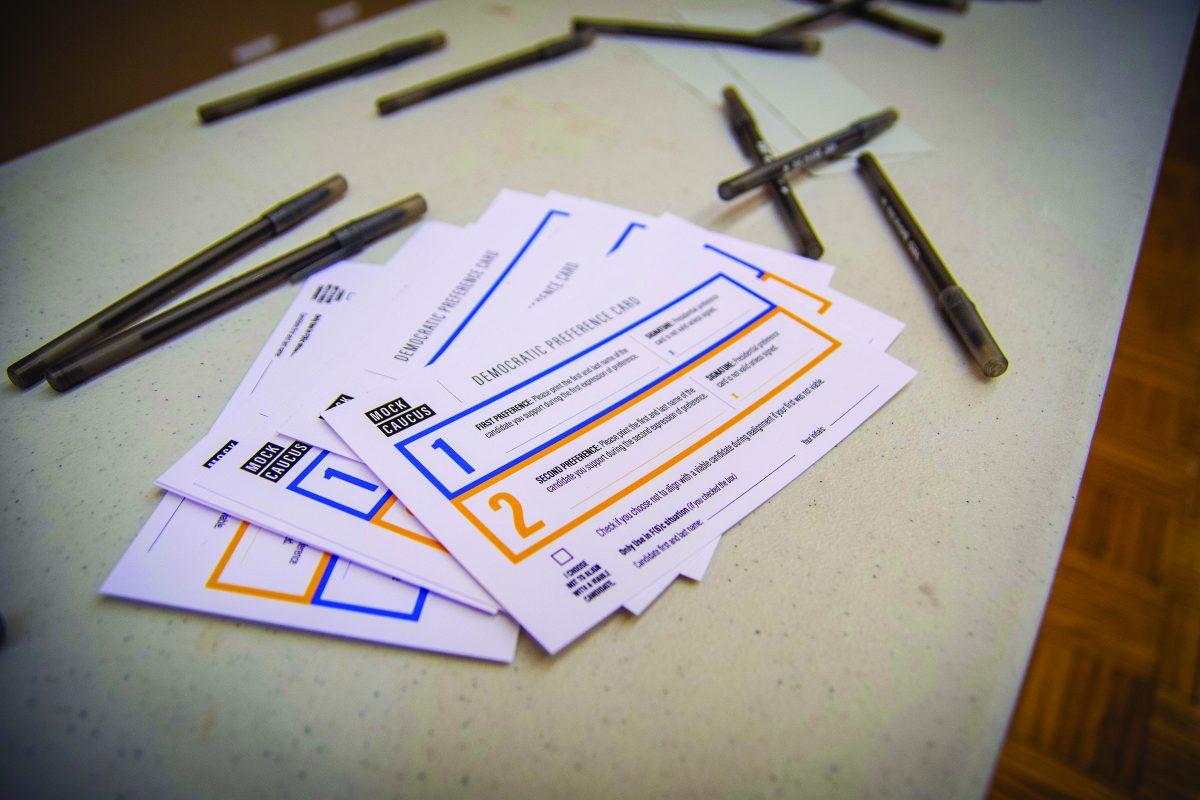The Iowa Democratic caucuses were held on Feb. 3.
A final tally of the night shows that Precinct 38, held in the Drake Fieldhouse, will send two delegates for Pete Buttigieg, two delegates for Elizabeth Warren, one delegate for Bernie Sanders and one delegate for Cory Booker to the County Convention.
Following the first alignment where only Warren, Buttigieg and Sanders were viable, three groups remained inviable: Joe Biden, Amy Kloubuchar and Andrew Yang.
The choice for these people who were left in the inviable, announced the Precinct Chair, would either be to join a viable candidate or to form a group with each other to get a new candidate to viability.
The three groups choose the latter option.
When the precinct captains of first alignment’s non-viable candidates realized none of them were willing to support another candidate other than their own, they formed a coalition supporting Cory Booker, a former Democratic presidential candidate. The group’s main goal was to block delegates from going to viable groups, which would give their respective candidates a better chance at the national convention.
While this was just one precinct over a thousand from the night, there were reports of similar situations and unexpected outcomes across Iowa.
“I think it’s a fascinating thing, one of the unpredictable parts about this process,” said Drake professor Rachel Paine Caufield. “Human interaction matters.”
The human interaction part of the caucus is why they can be seen as chaotic, or why now there might be issues with the results. The human interaction part is why after fifteen minutes undecided voters can find a candidate to align with, as happened at precinct 38 with the few voters who went in undecided. The human interaction is why, with a few conversations, a few Cory Booker supporters, who started with him on principle could be joined by enough people in the second alignment to make a candidate not even in the race, viable.
As of the time of reporting, the caucus results have not been released. Due to issues involving “quality control” and double checking reporting to prevent inaccuracies.







